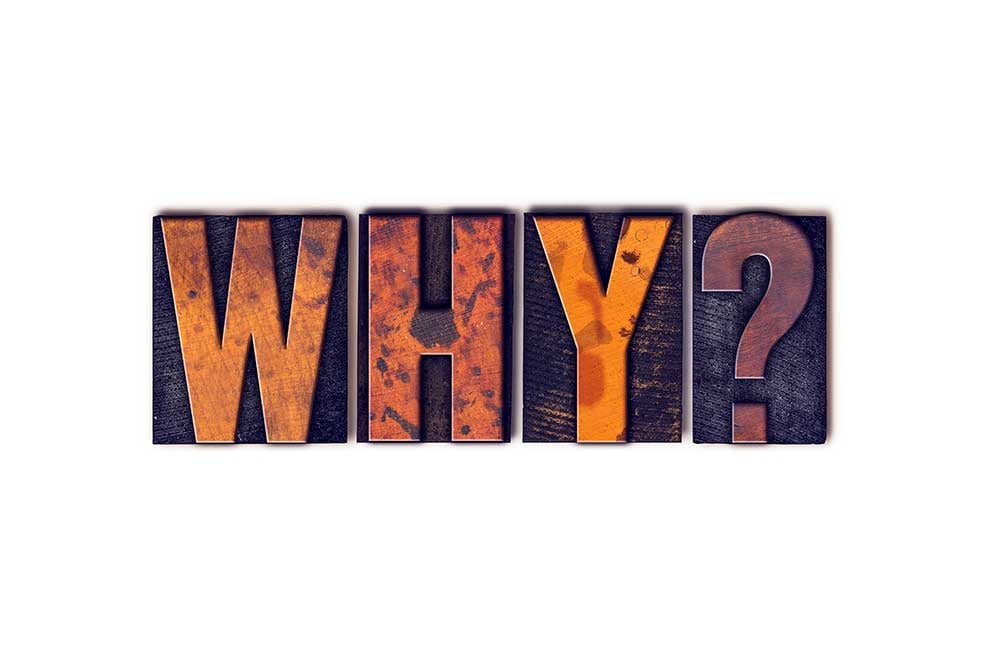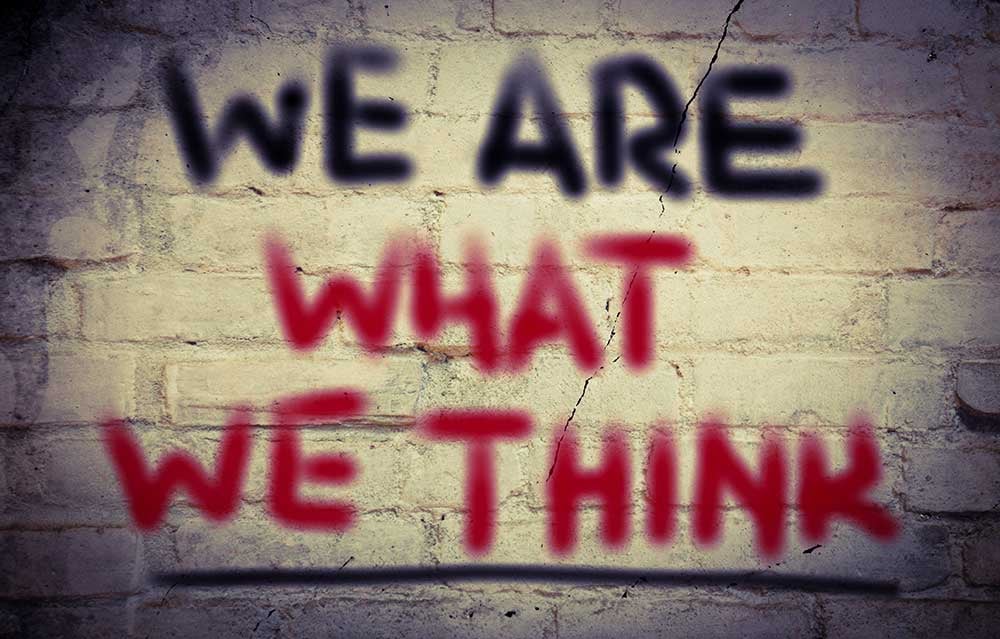Simon Sinek’s Golden Circle
Once in a great while, a new idea affects marketing content so profoundly that it completely changes how writers approach their work.
That very thing happened in 2009 during a TED Talk given by author Simon Sinek entitled, “How Great Leaders Inspire Action”.

According to Sinek, very few organizations actually know the “why” of their business. And it’s not to make a profit. That’s a result. It’s also not to sell X, that’s “what” you do.
This “why” is the reason you get out of bed in the morning, the reason you exist and the belief behind your actions. It’s the reason why what you do matters.
Once consumer trust is built upon the shared belief of your “why”, you have the context to explain “how” you execute your beliefs or “how” you deliver on your mission. “What” you actually do, as in what you sell or what you make, comes last, because it actually matters the least.
Leading with the Why
Begin your marketing content with the fundamental reasons for the existence of the content. In the big picture, it really doesn’t matter what you do with that belief, because whether you design cars or sell frozen casseroles isn’t nearly as important to consumers as your motivation.

By pursuing buyers who hold the same beliefs as you do, instead of just people who need what you sell, you’ll build your business on a foundation of brand loyalty that transcends products or services.
Think about the last time you were approached by a charity. The reason a charity is raising money matters more to donors than what they’re actually getting in exchange. That box of cookies, car wash or magazine subscription isn’t as important to your purchase decision as their alignment with your beliefs and reason for existing.
No one is buying what you’re selling. They’re buying into why you’re selling it.
The Patagonia brand is well-known for premium outdoor gear with simplistic style. Their marketing is rooted in alpinism, the minimalist simplicity of climbers, surfers and other athletes facing the raw elements of the wilderness.
The “Reason for Being” on Patagonia’s website details their dedication of time, services and more than 1% of their profits to wilderness conservation and environmental protection through grassroots efforts.
Their company may make outdoor sports gear, but their “why” is to protect the very outdoors itself.
In March 2017, the Tompkins family, founders of the Patagonia brand, donated more than one million acres of the Chilean wilderness back to the people of Chile, as the sixth national park they’d created from land they purchased to protect from development.
Actually Using the Golden Circle in Your Content
The data agrees.
If you can lead your marketing content with the “why”, you’ll see significantly higher click-through rates according to HubSpot.
Great. But how do you actually do that?
Add a Why
The first sentence, the first paragraph and the first section of your emails, blog, webpage, ebook or marketing video should always be dedicated to the “why” of your content.
This isn’t necessarily the exact same “why” of your brand, although they should clearly align. This “why” is more focused on that particular piece of content or topic. What’s the reason someone should read this? What’s your reason for writing it? What’s the driving force behind the existence of this content?
However you approach the “why” of your content, your intent is to find a powerful way to connect with your audience and build trust before bogging them down with details they don’t care about.
When trying to determine the why of your content, try to:
- Show consumers what life is like with (or after) your products or services, when all of their problems are solved.
- Paint a picture they want to see themselves in.
- Showcase results and align beliefs to create a deeper loyalty to your brand.
- Be human with empathy, sympathy and your own vulnerabilities.
- Give them a reason to listen, a reason to read on, a reason why what you have to say matters to them.
Add a How
How you do operate in the perspective of your “why”? How do you work towards that ultimate goal? How do uniquely pursue that mission or belief?

The “how” of Sinek’s golden circle is focused on your differentiated value proposition, your proprietary process or your unique selling proposition (USP). That’s your approach, your competitive advantage and the method to your madness.
For Patagonia, their “how” is “the dedication of time, services and more than 1% of their profits to wilderness conservation and environmental protection through grassroots efforts.” It’s the way they approach their “why” (protecting and preserving the wilderness.)
When you’re writing a blog, webpage, ebook or other form of content, your “how” is going to come after your “why” and before your “what”. For me, I like to use this section to break down the Impulse Creative process. I explain the strategy and steps we use to deliver products or services, using as many unique selling propositions as possible. For blogs, ebooks and other inbound content, I try to be as literal and helpful as possible when I’m breaking down the “how” of a topic.
Consider these points when you’re tackling your “how”:
- How do you deliver your product or service better than the other guys?
- How do you deliver specific benefits?
- What’s your process for solving consumer problems?
- Breakdown your strategy from start to finish
- Include a step-by-step breakdown of what you’re teaching
End on the “What”
Finally, once you’ve earned the trust of your consumers with your “why”, then explained your unique “how”, you can end on what it is that you’re actually selling or doing.

On a webpage, I like to keep this one as simple as possible. All of your selling is done, so this section might as well be a menu. My favorite form of the “what” on webpages is a bulleted list breaking down exactly what customers and clients are getting for their money.
Your “what” can be very simple or very complex, depending on what you’re selling. A product with clear cut benefits is easy to explain and understand. An intangible service is a little more difficult. In a blog or an ebook, your “what” might be the summarized conclusion of your topic.
When I’m writing web content for clients, I refer to this as the service breakdown and ask, “Imagine I’m giving you a fistfull of money for this product or service. Tell me exactly what happens now from start to finish.”
Keep it simple when you’re writing your “what”:
- List exactly what you’re delivering
- Include the complete name of your product and major benefits, warranties, customer service commitments, etc.
- Conclude your topic with the simplest explanation or summary as possible
- Take a soup-to-nuts approach for the most comprehensive breakdown of your product or service, in simple, easy-to-understand language
Coming Full Golden Circle
The only right way to write great content marketing is frequently and with strategy. The golden circle just happens to be an extremely effective strategy because it cleverly leverages smart consumer psychology to make your content naturally more effective.
We’re human. We’re predictable. Use the smart strategy of the golden circle to take advantage of our basic human need to relate to each other and support the principles we believe in. Your bottom line will benefit.





